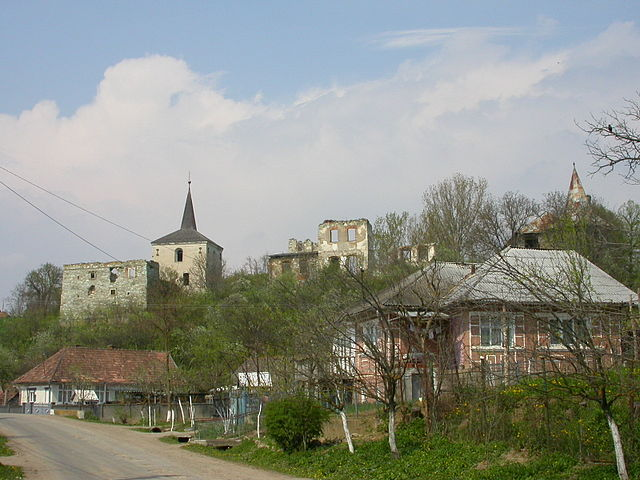The 16th century Transylvanian Kornis Castle is an abandoned and ruined complex of buildings located in the village of Mănăstirea, in Cluj County, Romania. Even though the ruined and seemingly forgotten structures are in bad condition there is still much to be seen.
Don’t expect to see any information boards or developed infrastructure here — the site is not an official tourist destination, but its raw abandonment offers incredible moments of exploration.
The place has been abandoned for years, but there are some standing ruins that are more than enough to silently tell the story of the castle.
Officially the site is not open for visitors, but it can be freely entered.
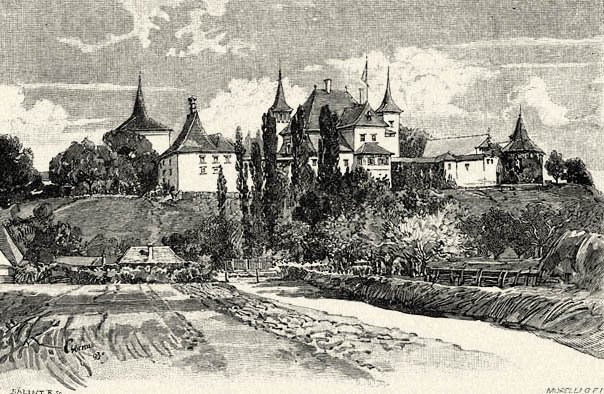
Mănăstirea is easy to reach by road, just a 35 mile drive north from the city of Cluj-Napoca. There is no public transport link to the village. The castle can be freely explored, but some sections of the ruins are unstable and approaching them can be dangerous.
Parts of it are overgrown with vegetation and there are a few piles of rubble and, sadly, garbage scattered around. The fairly extensive catacombs are the most fascinating part, but wandering them is not recommended due to safety reasons.
However, it is evident they are often visited by local kids and curious urban explorers. Some of the walls of the castle’s structures have become a victim of minor vandalism, such as graffiti.
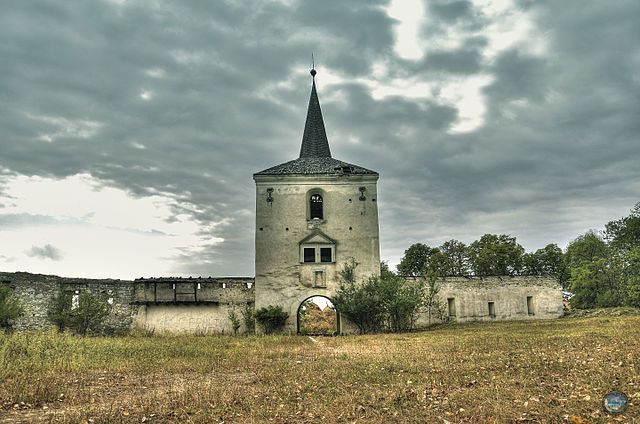
The main building of the complex was constructed in 1573-1593 by Kristóf Keresztúri, governor of the Dej prefecture, as an addition to a smaller and older medieval structure that stood on the site. It became one of the most valuable examples built in Renaissance style in Transylvania.
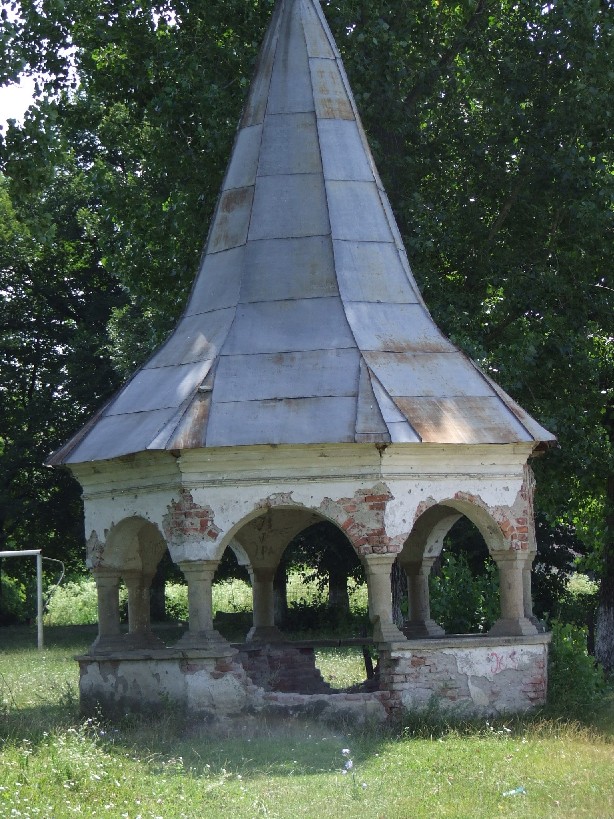
The Kornis family became the owner of the castle in 1602 when Keresztúri’s daughter, Kata, was married to Boldizsár Kornis, a captain from Covasna County.
Under the ownership of subsequent generations of the Kornis family, a number additional buildings were added to form a quadrilateral enclosure.
The first renovations to the castle were carried out in 1673 by Gáspár Kornis, with the addition of a second story to the main building.
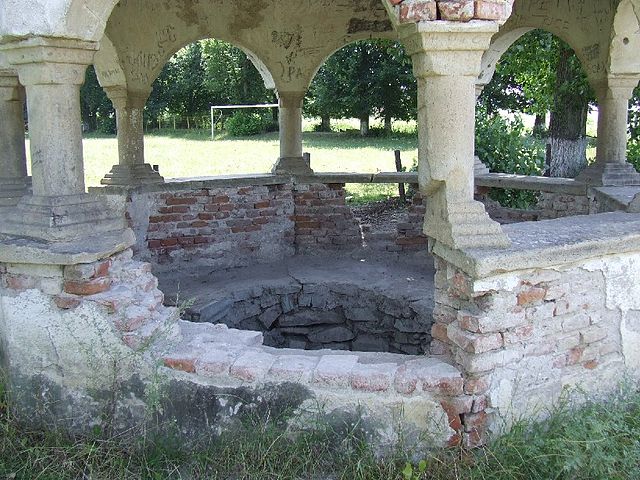
His son Count Sigismund (or Zsigmond in Hungarian) Kornis, Governor of Transylvania, conducted building works in 1680, and repairs in 1711 following a skirmish with rebel tribes. He then set about strengthening the castle’s fortifications, including the addition of two octagonal bastions, and the gatehouse tower that still stands today.
The tower-gate was protected by a drawbridge and ditch. Above the gate, the memorial tablet of the count with his coat of arms and the year of the construction is still visible.
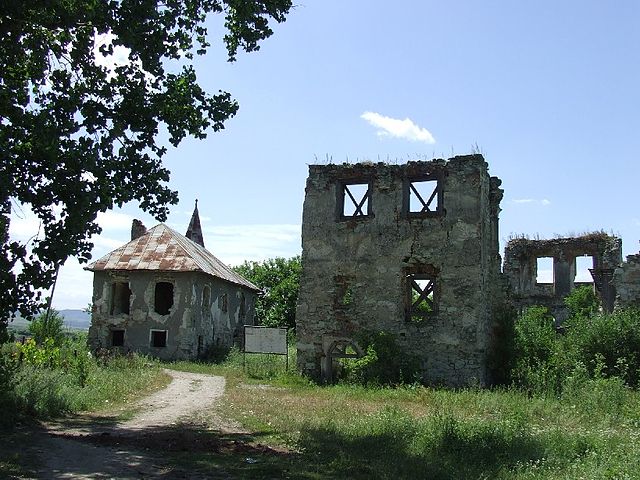
Sigismund oversaw redecoration of his castle with lavish frescoes and ornate wood carvings. He also brought the Icon of the Mother of God from Nicula Monastery to be housed here.
Painted on glass in 1681, the icon is said to have wept for 26 days in 1699 and it is attributed to several miraculous healings. Every year thousands of pilgrims travel to venerate the image to this day.
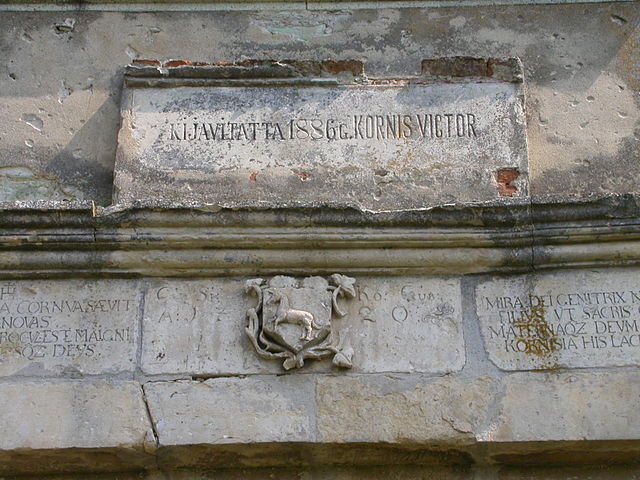
The descendants of Sigismund Kornis lived in the castle until World War II. They had to escape after a significant part of the castle was destroyed in 1944. After the war, the property was nationalized.
The castle’s valuable collections were stolen or burned by the communists, including collections of rare books and an extensive collection of natural history.
It is estimated that the castle library contained more than 9,000 volumes, probably most of them thrown in the Someș river.
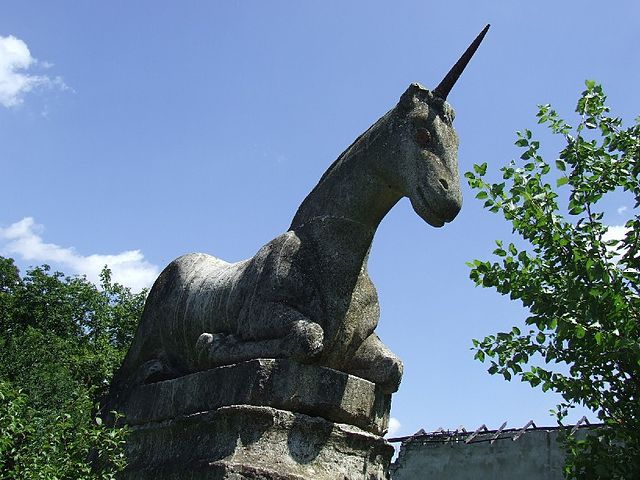
In later years, the chapel was used by the Orthodox church, and there was a small restoration effort between 1975-1976. For some period of time, the adjacent buildings were used as a as a hostel and cultural school. The castle grounds are today only used for grazing sheep.
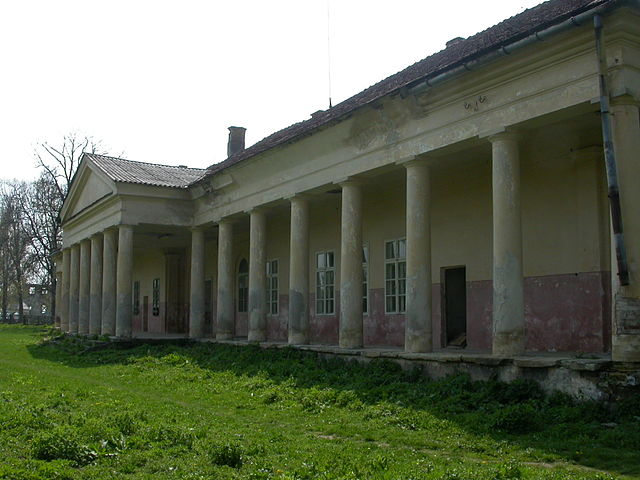
The scenery is magically beautiful, with the castle being placed on top of a hill overlooking the village. But sadly, a great part of the castle complex is a ruin.
The passage of time, the elements, and the lack of maintenance have taken their toll and throughout the years most of the buildings have been slowly disappearing.
The main building is degrading slowly and very likely it will have the same destiny and will vanish completely if not conserved as soon as possible.
However, the traces of the castle’s former glory are still visible and every visitor can easily get a glimpse of what this gem once was and imagine how beautiful this complex used to be.
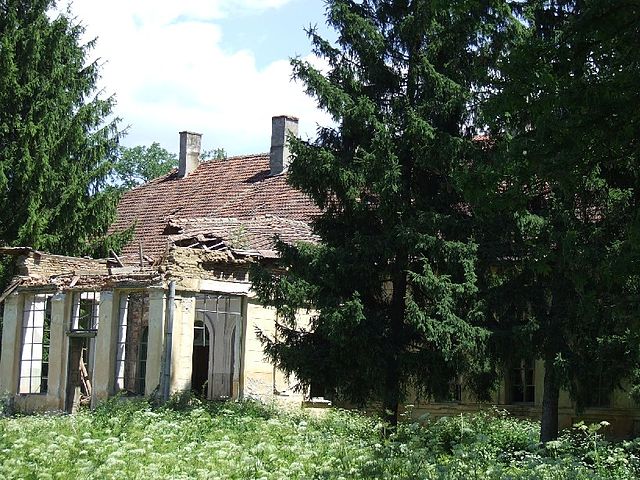
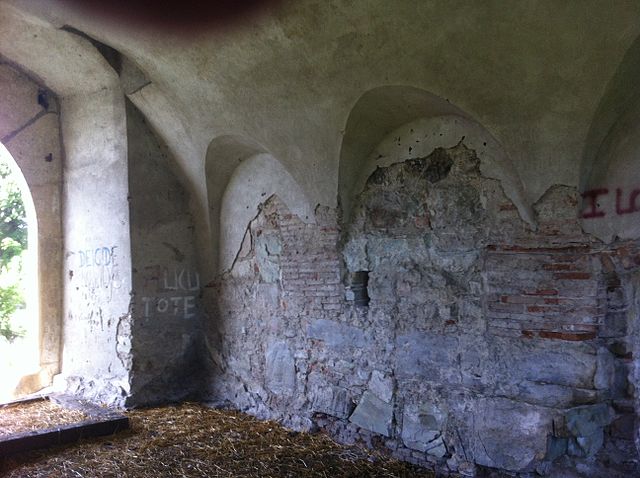
The courtyard covers a vast area, flanked by the two bastions. Some pieces of the castle are well preserved, like the octagonal well, the main gate and its tower, part of the ditch and part of the defensive wall.
There used to be two unicorn statues guarding the gate entrance but they were removed after a failed theft attempt.
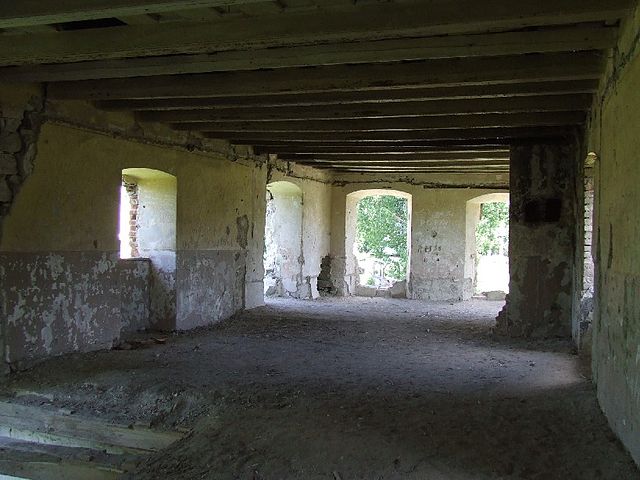
There are also some interesting old houses in the charming village, as well as two old churches: a stone one, more than seven centuries old, and a wooden one nearly three centuries old. If the castle were restored, this site could become a nice attraction.
In 2006, the castle was returned to Countess Gabriella Kornis, and now the complex is owned by her descendants.
But, probably because of the lack of funds, they were not even close to starting the renovation.
Another Article From Us: Derelict Methodist Church in Gary, Indiana
Kornis Castle is listed as a historic monument by Romania’s Culture Ministry but apparently, the local community, the local authorities and the Kornis family should join forces as soon as possible in order to save this precious monument from the past from complete vanishing.
